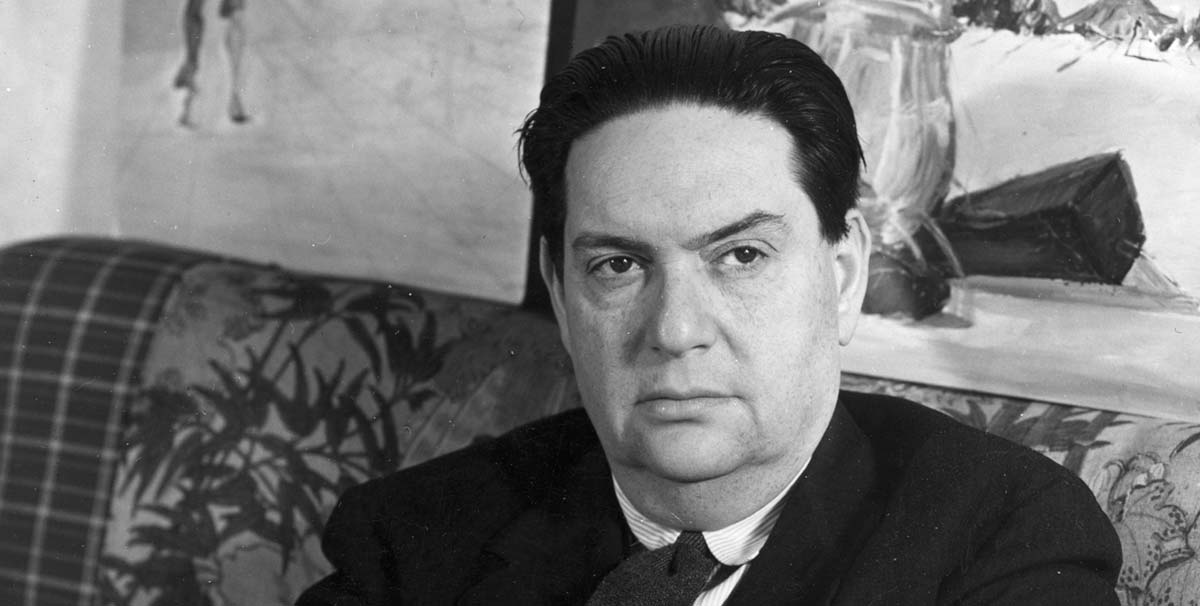Darius Milhaud (1892–1974) was one of the most prolific and versatile composers of the 20th century. A member of the renowned French group Les Six, Milhaud is known for his distinctive blending of styles, including jazz, Brazilian music, and French modernism. His ability to incorporate diverse musical elements while maintaining a cohesive voice makes his compositions significant in both classical and modern music.
Here are five of Milhaud’s best compositions:
1. Le Boeuf sur le Toit, Op. 58 (1919)
This lively ballet, which translates to “The Ox on the Roof,” was inspired by Brazilian popular music and jazz, which Milhaud encountered during his time in Brazil. The work’s infectious rhythms, energetic melodies, and unexpected modulations make it a playful and innovative piece. Originally conceived as a silent film score, the ballet became a favorite in concert halls and helped cement Milhaud’s reputation as a groundbreaking composer.
2. La Création du Monde, Op. 81a (1923)
One of Milhaud’s most celebrated works, “La Création du Monde” is a jazz-infused ballet that was inspired by African mythology. Written after a trip to the United States where Milhaud was deeply influenced by the burgeoning jazz scene in Harlem, the work brilliantly fuses jazz elements with classical form. Its unique use of instrumentation, including saxophone, and its exploration of rhythmic complexity make it a milestone in both classical and jazz music.
3. Suite Provençale, Op. 152b (1936)
This charming orchestral suite is based on folk tunes from Provence, the region of France where Milhaud was born. The suite’s four movements evoke the picturesque landscapes and lively character of southern France. Milhaud’s deft orchestration and inventive harmonies breathe new life into these traditional melodies, making the work a delightful celebration of his heritage.
4. Scaramouche, Op. 165b (1937)
Originally written for two pianos, “Scaramouche” is one of Milhaud’s most popular and accessible works. It draws on a range of influences, from the commedia dell’arte to Brazilian music, and features vibrant, dance-like rhythms and catchy melodies. Later arranged for various ensembles, including saxophone and orchestra, this piece showcases Milhaud’s lighthearted and playful side, as well as his skill at blending different musical traditions.
5. Symphony No. 1, Op. 210 (1939)
Milhaud’s first symphony, written as Europe teetered on the brink of World War II, is a powerful and emotionally charged work. Unlike some of his more experimental compositions, this symphony adheres to traditional symphonic form, but with Milhaud’s characteristic harmonic language and rhythmic vitality. Its intense, dramatic movements reflect the turmoil of the time, and the symphony remains one of Milhaud’s most profound orchestral works.
Conclusion
Darius Milhaud’s compositions stand as a testament to his boundless creativity and willingness to embrace new musical ideas. From the fusion of jazz and classical forms to the incorporation of folk melodies, Milhaud’s music remains fresh and engaging, captivating audiences around the world. These five works highlight his versatility and innovation, and each piece offers a glimpse into the mind of one of the 20th century’s most distinctive composers.


Comments are closed